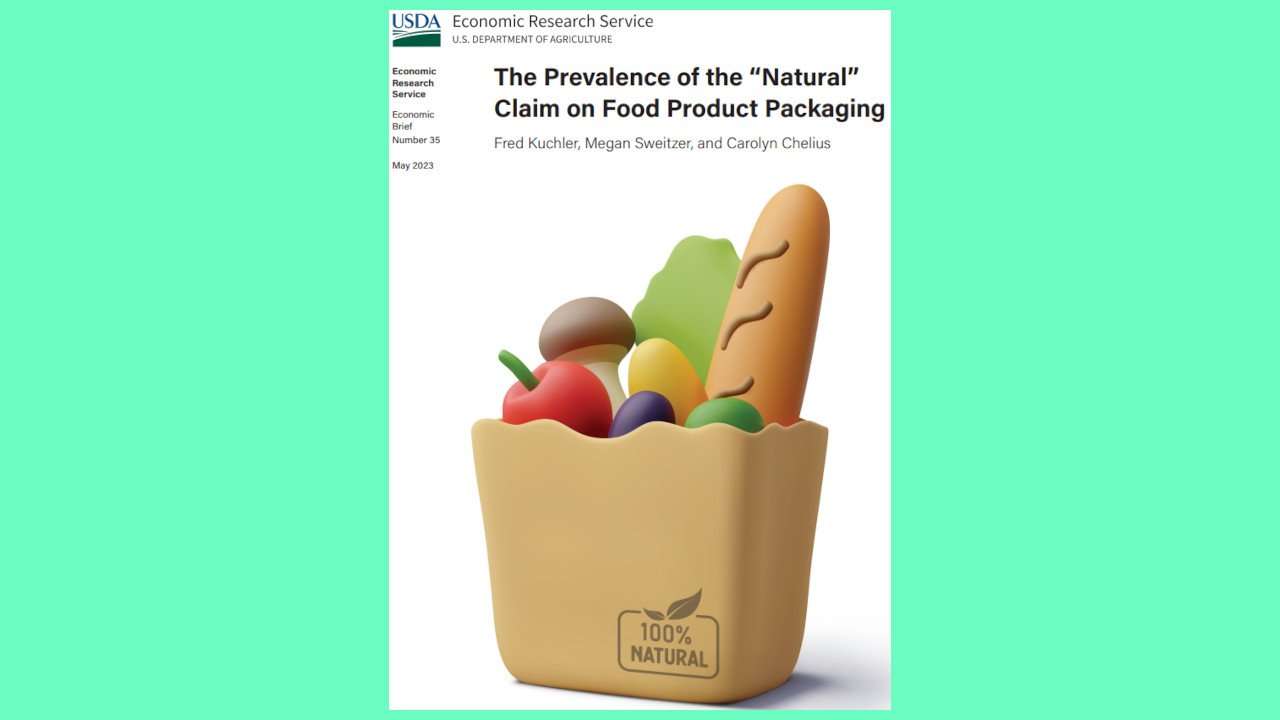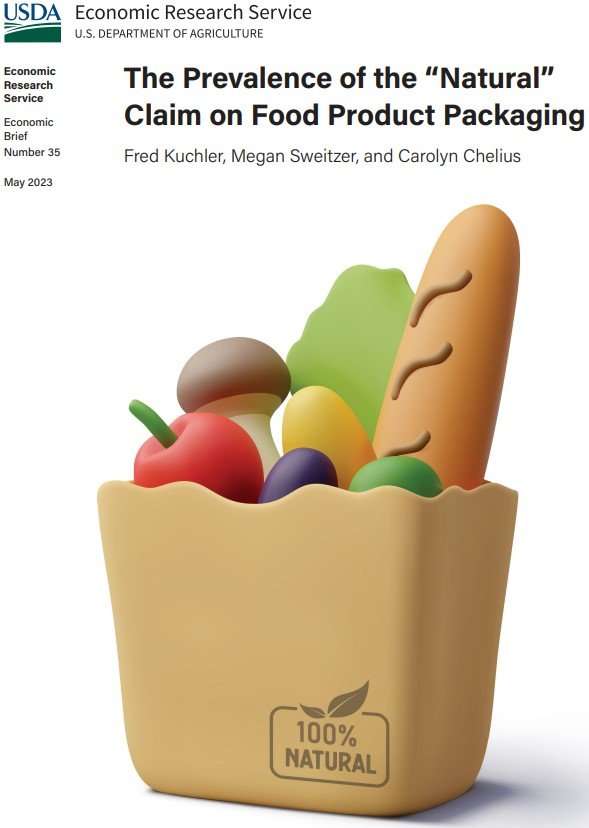Authors: Fred Kuchler, Megan Sweitzer, Carolyn Chelius
Read the full report HERE.
What’s the Issue?
Research shows that consumers often equate the word “natural” on a food label with healthier food choices and more costly environmentally friendly production practices, however natural labels were found predominately on processed products. Why? The U.S. Food and Drug Administration (FDA) does not have an established standard for regulatory definition for the natural claim, which means as long as there is nothing synthetic or artificial added to the product the claim can be used. Health, food processing, use of antibiotics, hormones, genetically modified organisms (GMOs) and pesticides are NOT addressed under this label, meaning the consumer’s perception of the product may be inappropriately skewed when seeking better food choices or those produced with more environmentally friendly practices.
What did the Study Find?
Here are a few key findings from the report:
- Across all foods in 2018, 16.3% of retail food expenditures and 16.9% of all items purchased (unit sales) were for foods labeled natural, whereas 11% of Universal Product Codes in stores were labeled natural on the packaging.
- Expenditures for food labeled natural were larger than expenditures for foods labeled USDA Organic.
- Natural labels were found predominately on processed products. For example, 95.6% of expenditures for vitamins and meal supplements were for products labeled natural, compared with 0.5% of expenditures for potatoes.




